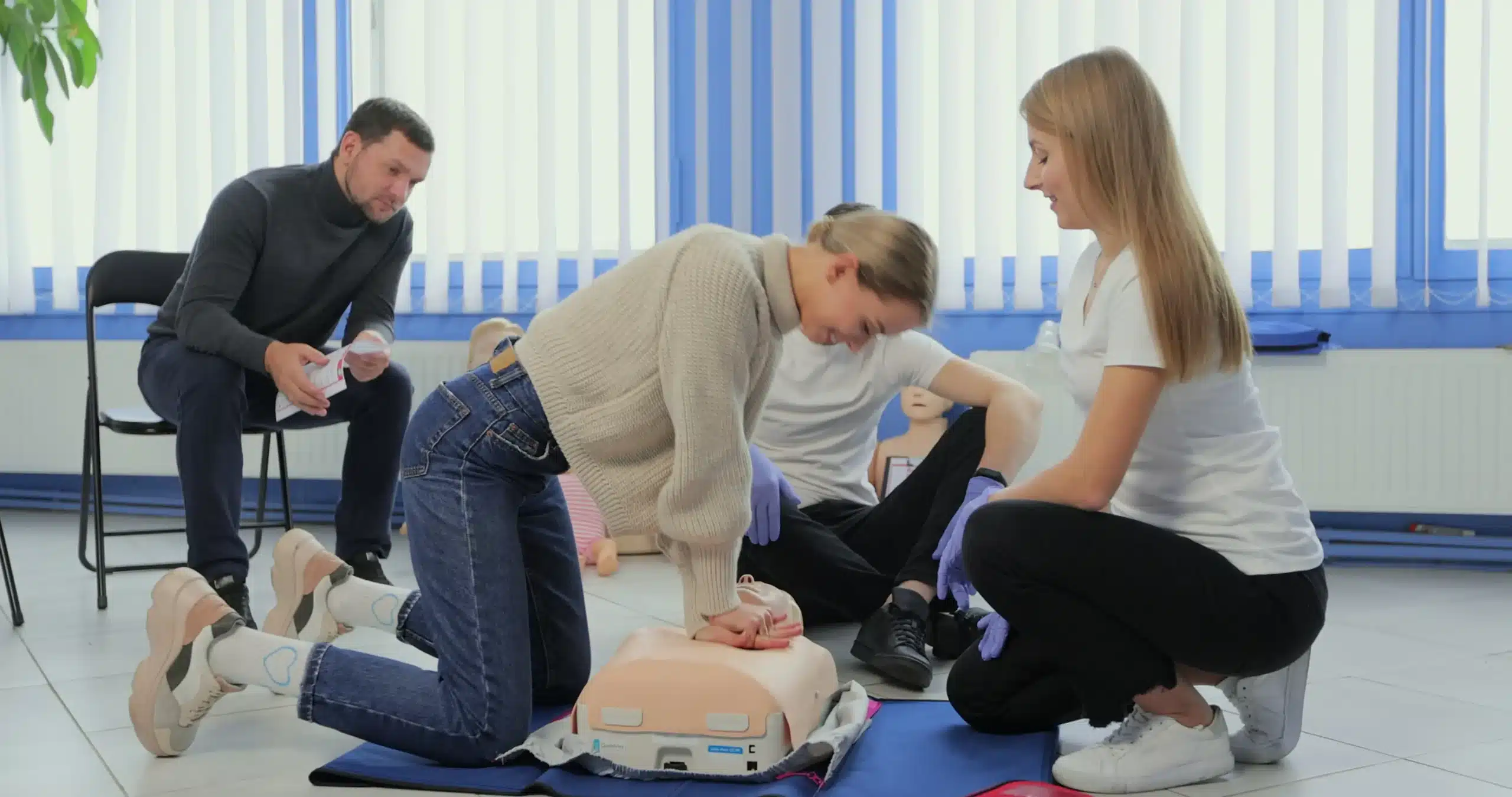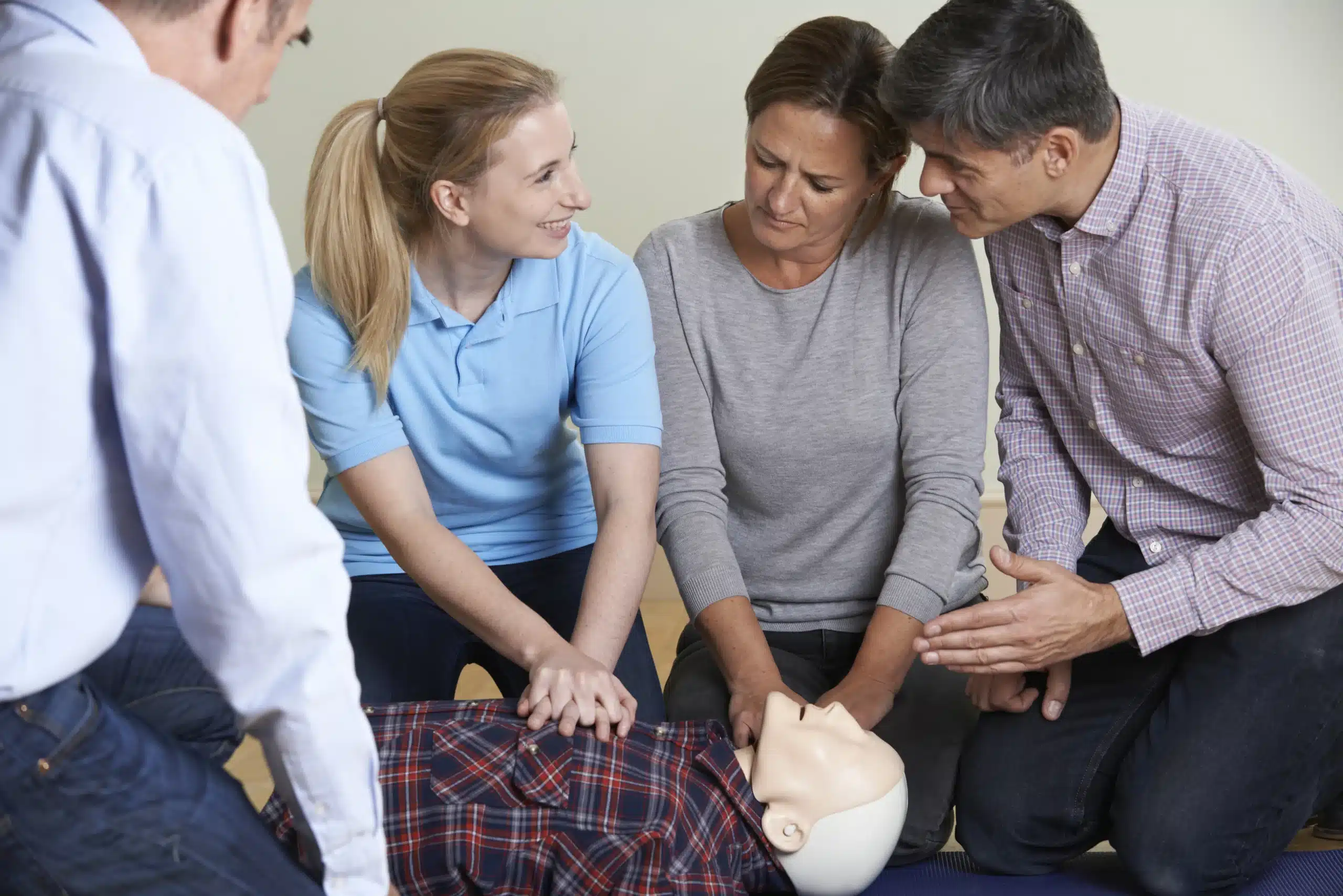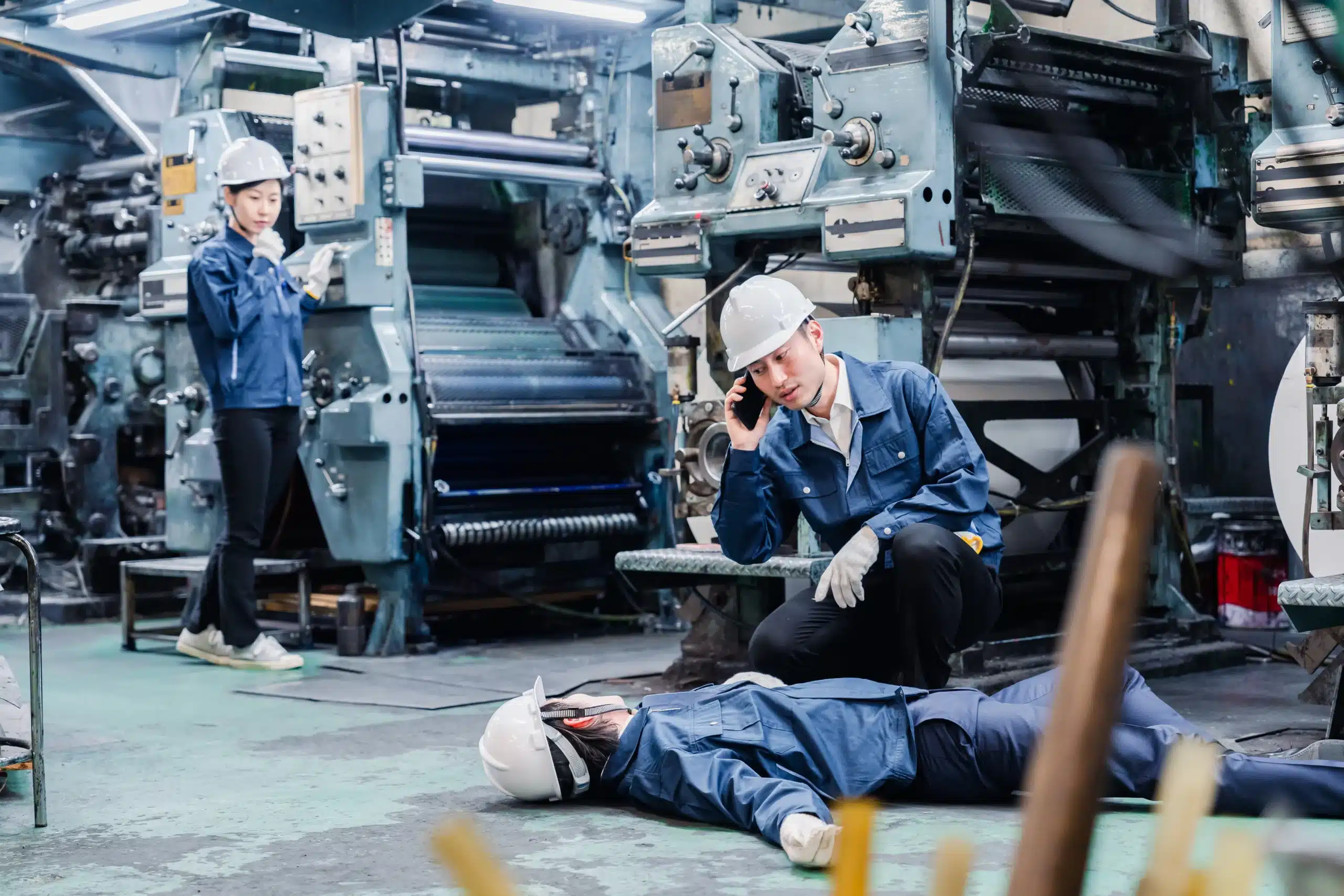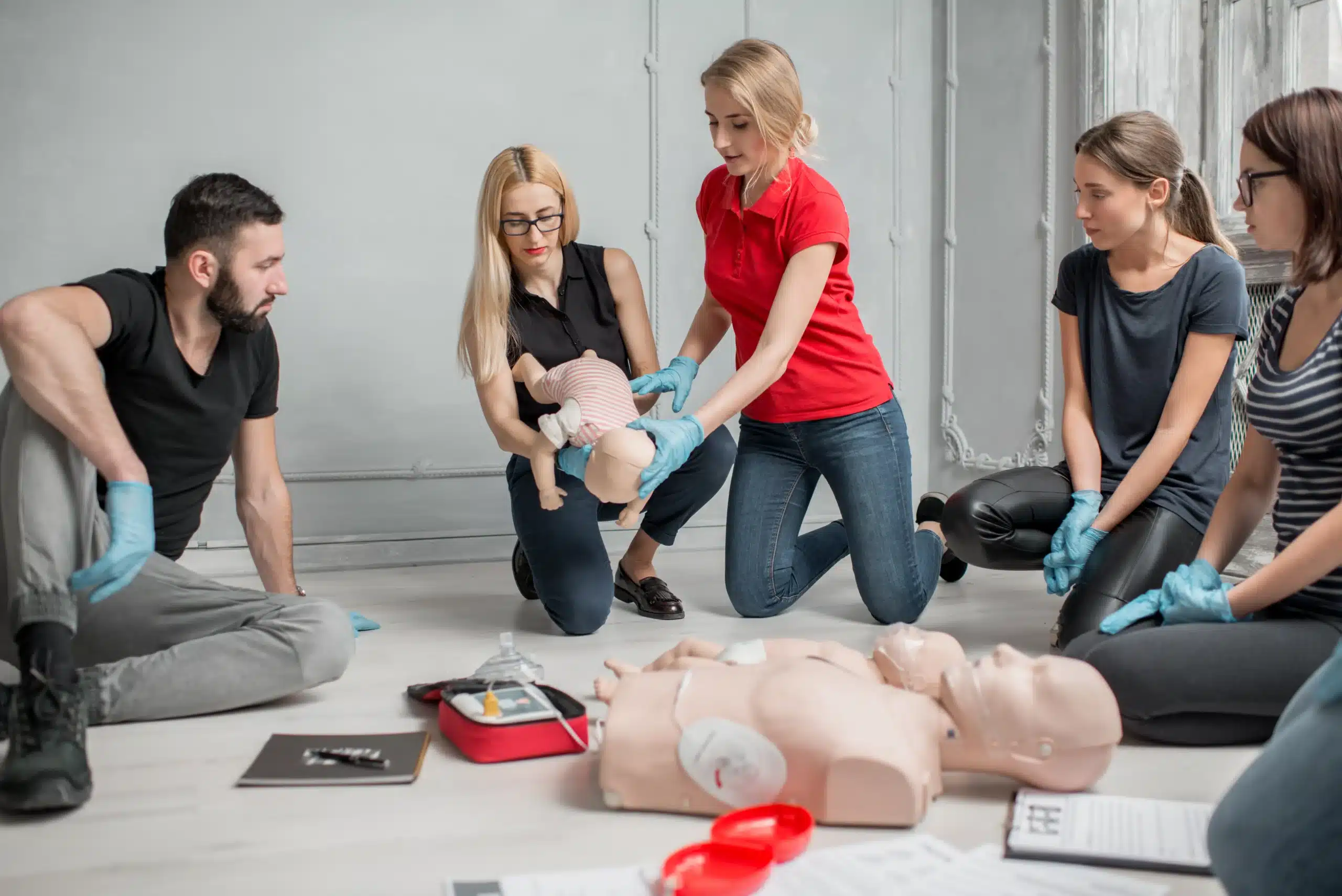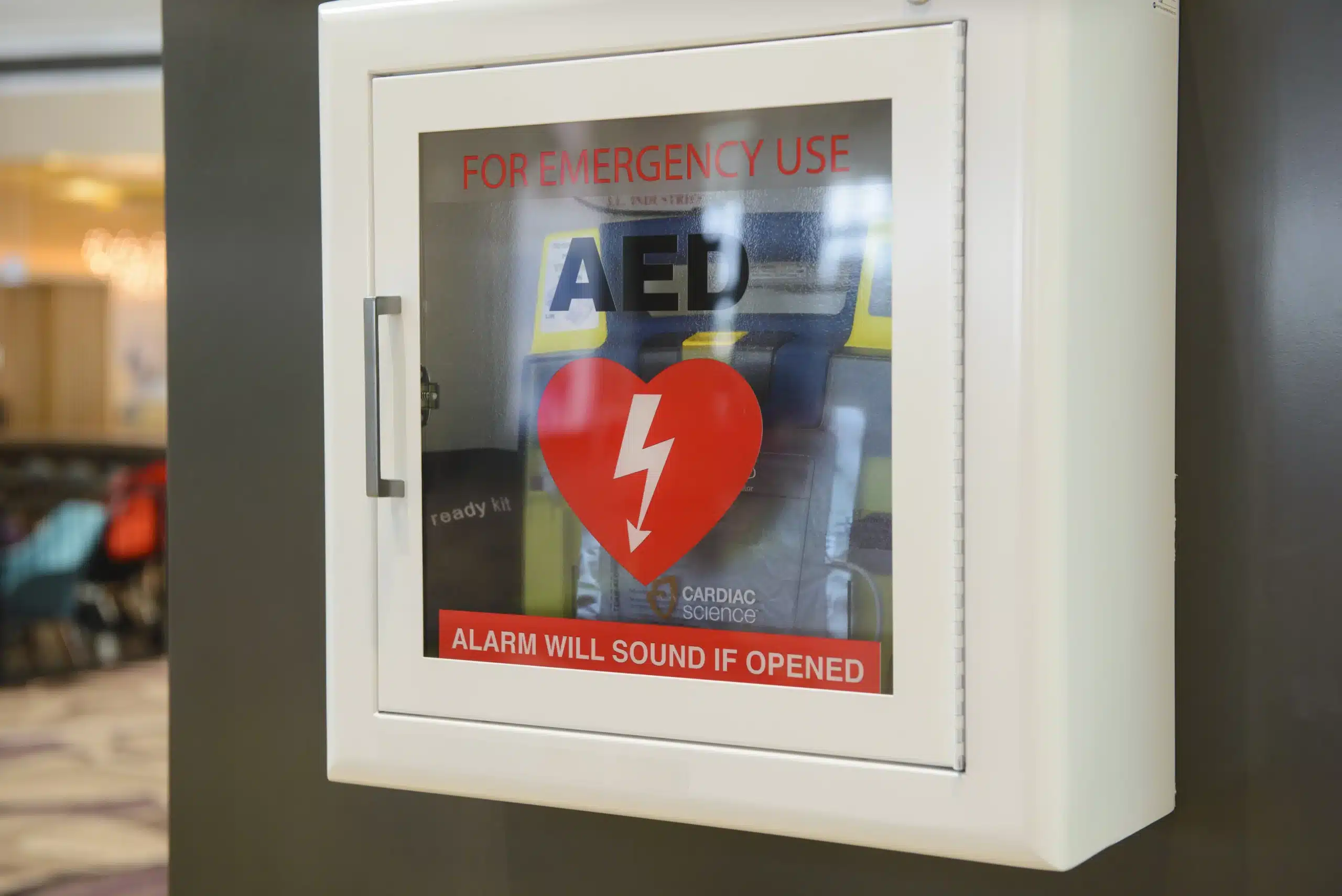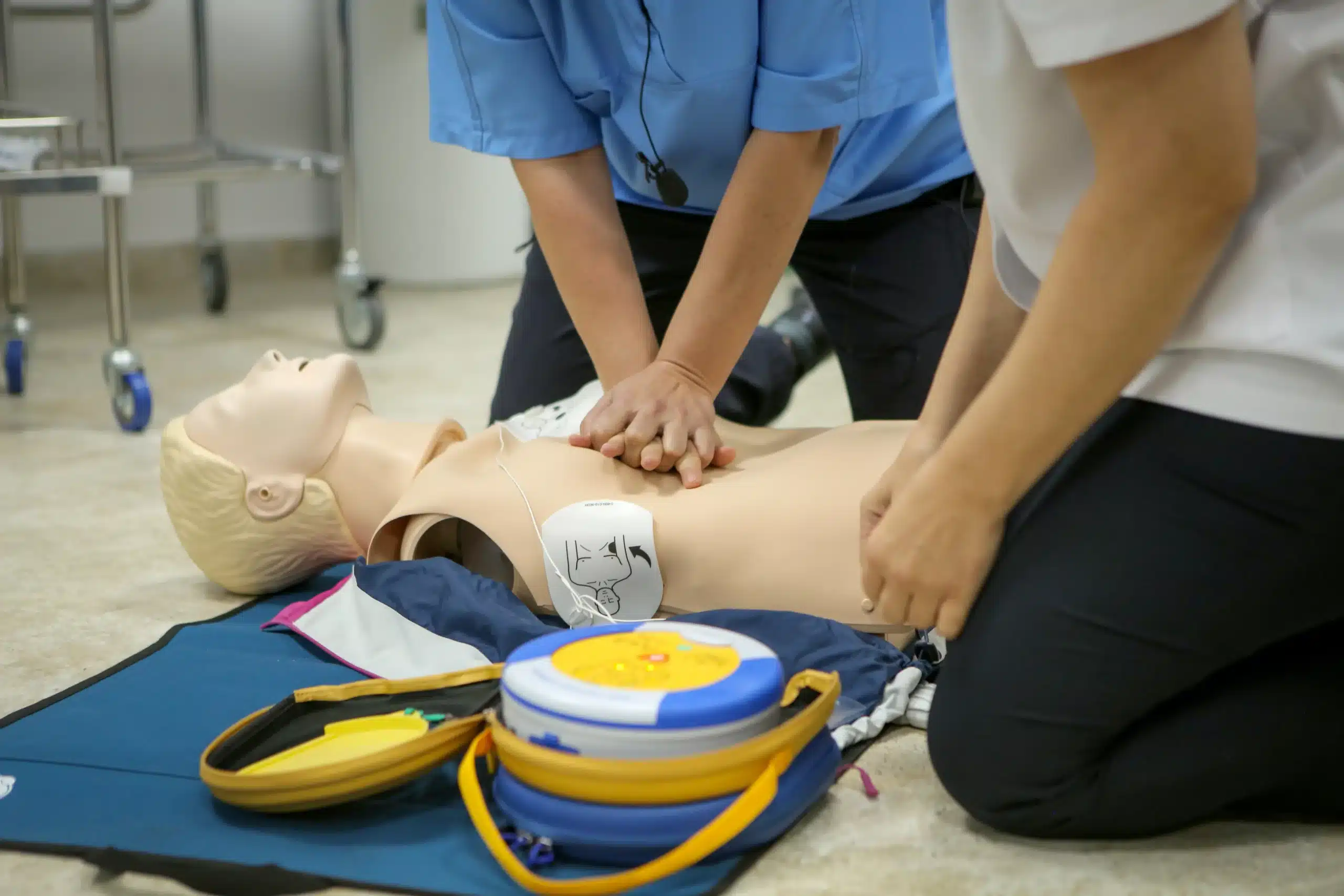Emergencies can happen anytime, anywhere. Being equipped to handle them is empowering, and that’s where BLS certification comes in. This comprehensive guide explores the world of BLS, from its importance and benefits to finding the right course for you in Sacramento. We’ll cover various bls courses in Sacramento, discuss different learning formats, and even delve into what to expect during training. Whether you’re a seasoned healthcare provider or just starting your journey, this guide will provide valuable insights into BLS training in the Sacramento area.
Key Takeaways
- BLS certification is a powerful tool for anyone: It equips you with essential life-saving skills applicable in various emergencies, not just cardiac arrest.
- Choose the right BLS course format for your needs: From in-person to online or hybrid learning, select the format that best fits your learning style and schedule to maximize your learning experience.
- Stay current with your BLS skills: Remember to renew your certification every two years to maintain your preparedness and confidence in responding to emergencies effectively.
What is BLS?
Basic Life Support (BLS) is a crucial set of lifesaving skills and protocols used in emergencies like cardiac arrest, respiratory distress, and other critical situations. It goes beyond basic first aid, equipping you with the knowledge and techniques to potentially save a life. Think of it as the foundation for more advanced medical care, providing immediate support until professional help arrives. At Woodland CPR Classes, we offer comprehensive BLS certification courses designed to empower you to respond effectively in these critical moments.
Why BLS Matters
BLS certification equips individuals to respond confidently during medical crises. These skills are invaluable for healthcare professionals, first responders, and anyone in a position to help during an emergency. Knowing BLS can make a profound difference, transforming bystanders into potential lifesavers. It provides the tools to assess a situation, perform CPR, use an AED, and provide initial care, significantly increasing the chances of survival.
Who Needs BLS Certification?
While often associated with medical professionals, BLS certification is beneficial for everyone. Emergencies can happen anytime, anywhere, and having these skills can make you a vital link in the chain of survival. From teachers and coaches to office workers and stay-at-home parents, BLS training provides the confidence to act quickly and effectively when it matters most. Consider it a valuable life skill, much like knowing how to swim or drive. Woodland CPR Classes offers a variety of courses designed for diverse groups.
Common BLS Training Misconceptions
One common misconception is that BLS training focuses solely on cardiac arrest. In reality, it covers a broader range of emergencies, including choking, respiratory issues, and other life-threatening situations. Another myth is that BLS certification is a long, complicated process. Our courses at Woodland CPR are designed to be efficient and accessible, providing comprehensive training without unnecessary complexity. We offer flexible scheduling and competitive pricing to make acquiring this essential skill as straightforward as possible. We even have a low price guarantee.
Top BLS Course Providers in Sacramento
Finding the right BLS course provider is key to receiving quality training. Here’s a rundown of some popular options in the Sacramento area:
Woodland CPR Classes
Woodland CPR Classes offers comprehensive BLS training right here in our community. With a focus on hands-on learning and small class sizes, students receive personalized instruction from experienced, certified instructors. They also offer a low price guarantee and group discounts, making high-quality training accessible. For those looking for information specific to Sacramento, they’ve put together a helpful BLS classes Sacramento guide.
American Red Cross
The American Red Cross is a well-known provider of BLS certification. They offer a range of course formats, including online and in-person options, allowing you to choose the learning style that best suits your needs. The Red Cross has a long-standing reputation and provides nationally recognized certification.
CPR Certification Sacramento
CPR Certification Sacramento focuses on providing AHA-certified CPR and First Aid training, including BLS. They emphasize same-day certification cards, which can be helpful if you need immediate proof of certification.
Safety Training Seminars CPR
Safety Training Seminars offers a variety of AHA-certified courses, including BLS, ACLS, and PALS. Their flexible scheduling, with options for online components and in-person skills sessions, makes it easier to fit training into your busy schedule. They serve the greater Sacramento area, including Woodland.
Other Local Providers
Beyond these larger organizations, several other local providers offer BLS training. For example, businesses like Davis CPR Classes often provide flexible scheduling and group discounts, catering to specific community needs. Doing a little research into smaller local businesses can sometimes uncover excellent options with personalized instruction and competitive pricing.
Choosing Your BLS Course Format
Finding the right BLS course format is key to getting the most out of your training. Let’s break down the pros and cons of in-person, online, and hybrid learning.
In-Person Courses: Pros and Cons
In-person BLS certification courses offer hands-on learning with direct feedback from an instructor. This format excels at building practical skills and confidence through real-time interaction and practice scenarios. You’ll also have the opportunity to ask questions and connect with other healthcare professionals. However, in-person classes require a greater time commitment due to travel and fixed schedules. This can be less convenient for those juggling busy work or family lives. If you thrive in a structured, interactive environment, in-person training might be a good fit.
Online Courses: Benefits and Limitations
Online BLS courses offer flexibility and convenience. You can learn at your own pace, fitting the training around your schedule. This format often works well for those refreshing their certification or who prefer self-directed learning. However, online courses typically lack the hands-on practice crucial for mastering BLS skills. While some online programs offer simulations, they don’t fully replicate the experience of working with real equipment and receiving personalized feedback. If you choose an online course, make sure it aligns with the American Heart Association guidelines and includes a hands-on skills assessment component.
Hybrid Courses: Flexibility and Hands-On Practice
Hybrid courses combine the best of both worlds. You’ll complete the cognitive portion of the course online, learning the essential theory and concepts at your own speed. Then, you’ll attend an in-person skills session to practice techniques and receive feedback from a certified instructor. This format offers a balance of flexibility and hands-on learning, making it a popular choice. Hybrid BLS courses are often more readily available than purely in-person options, and they can be a great way to fit essential training into a busy schedule. You can find more information on course availability and scheduling through various providers.
What to Expect in BLS Training
So, you’re ready to get BLS certified? Great! Here’s a rundown of what awaits you during your BLS training. Knowing what to expect will help you feel prepared and confident going in.
Course Duration and Curriculum
BLS courses typically run between four and six hours, depending on the provider and format. Woodland CPR Classes offers a variety of scheduling options to accommodate busy schedules. The curriculum covers core life-saving skills, beginning with high-quality CPR for adults, children, and infants. You’ll also learn how to relieve choking and provide care during a breathing emergency.
Essential Skills and Knowledge
BLS training goes beyond CPR, equipping you with a broader understanding of emergency medical response. Expect to cover topics like using an automated external defibrillator (AED) and recognizing the signs of a heart attack or stroke. You’ll also learn about the chain of survival, a series of actions that improve the chances of survival during a cardiac arrest. The American Red Cross highlights the importance of scene safety, patient assessment, and clear communication during emergencies—all crucial for providing prompt and appropriate care.
Certification Process and Validity
After successfully completing the course and skills testing, you’ll receive your BLS certification card. This card is usually valid for two years. For specifics, check with your chosen provider, like Bay Area CPR, about their certification process and validity period. Remember, staying current with your certification is key to maintaining your skills and credibility as a trained responder.
Hands-On Practice and Equipment
BLS training isn’t just lectures and textbooks. Hands-on practice is a major component. You’ll work with mannequins and training equipment to simulate real-life scenarios, building muscle memory and confidence in performing life-saving techniques. Woodland CPR Classes often uses one of their numerous testing sites for skills testing, giving you ample opportunity to demonstrate your proficiency.
Get the Most Out of Your BLS Certification
So, you’re ready to get your BLS certification—fantastic! Here’s how to make the entire process smooth and worthwhile.
Prepare for Your Course
BLS courses typically run between four and six hours, so finding a course that fits your schedule is key. Check out Woodland CPR’s course schedule to see what works for you. Before class, consider any areas where you’d like extra clarification. Jotting down those questions beforehand will help you remember to ask your instructor during training.
Costs and Discounts
BLS certification costs vary. You’ll find options ranging from around $60 for BLS CPR and AED training to about $80 for BLS CPR, AED, and First Aid combined. Looking for a deal? See if your employer offers reimbursement or explore group discounts. Knowing the price range upfront helps you budget accordingly.
Evaluate Instructors and Accreditation
Not all BLS courses are created equal. Look for courses accredited by a reputable organization like the American Heart Association. Instructor experience matters, too. A seasoned instructor can offer valuable insights and make for a more engaging learning experience. Consider factors like accreditation and instructor experience when choosing your course.
Maintain and Renew Your Certification
Your BLS certification card is typically valid for two years. Mark your calendar with the renewal date so you don’t let it lapse. Staying current with your certification ensures you’re always prepared to provide effective care. Check with your certifying organization or training center for renewal options.
Address Common Concerns
It’s normal to have questions before signing up. Many people wonder about the training’s effectiveness, the time commitment, and how to build confidence in their skills. A good BLS course will address all these concerns. Don’t hesitate to contact the training center directly with any questions—they’re there to help you feel prepared and confident.
Related Articles
- BLS for Healthcare Providers in Sacramento: A Complete Guide – Woodland CPR Classes
- BLS Certification Sacramento: The Ultimate Guide – Woodland CPR Classes
- BLS Classes in Sacramento: A Complete Guide
- Debunking CPR Myths for Better Emergency Response
- HeartCode BLS Sacramento: Your Certification Guide – Woodland CPR Classes
Frequently Asked Questions
Is BLS certification only for healthcare professionals?
Not at all! While it’s definitely essential for doctors and nurses, BLS certification is a valuable skill for anyone. Think teachers, coaches, parents, or even office workers – anyone who might be present during a medical emergency. Knowing how to respond effectively can make a real difference.
What’s the difference between BLS and standard first aid?
First aid typically covers minor injuries like cuts and scrapes. BLS goes further, equipping you with the skills to handle life-threatening situations like cardiac arrest, choking, and breathing emergencies. It focuses on providing immediate support until professional medical help arrives.
How long does it take to get BLS certified?
BLS courses are designed to be efficient, usually taking between four and six hours to complete. The format you choose – in-person, online, or hybrid – will also influence the overall time commitment. Many providers offer flexible scheduling to make it easier to fit the training into your schedule.
How much does BLS certification cost?
The cost of BLS certification varies depending on the provider and the specific course content. You can generally expect to pay somewhere between $60 and $80. It’s always a good idea to check with different providers for their pricing and to ask about potential discounts, like group rates or employer reimbursements.
How often do I need to renew my BLS certification?
BLS certification is typically valid for two years. Staying current with your certification is important to ensure your skills are up-to-date and you’re prepared to respond effectively in an emergency. Check with your certifying organization or training center for specific renewal requirements and options.
